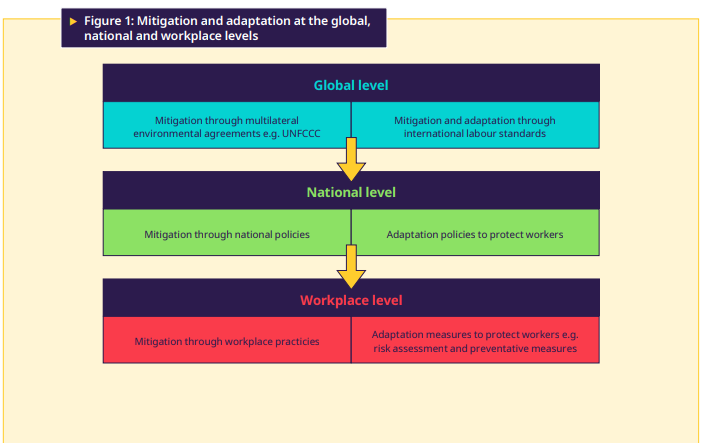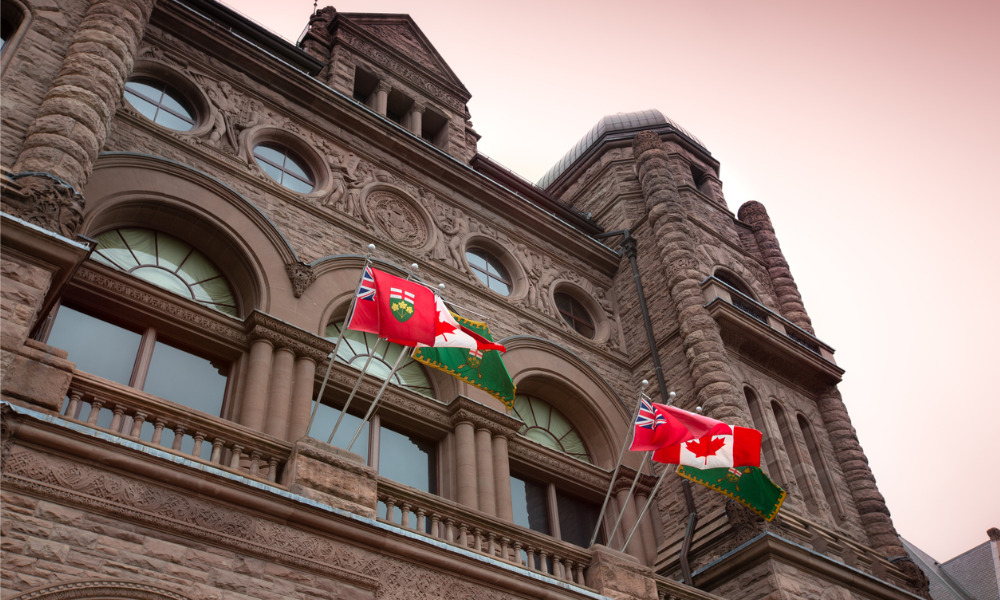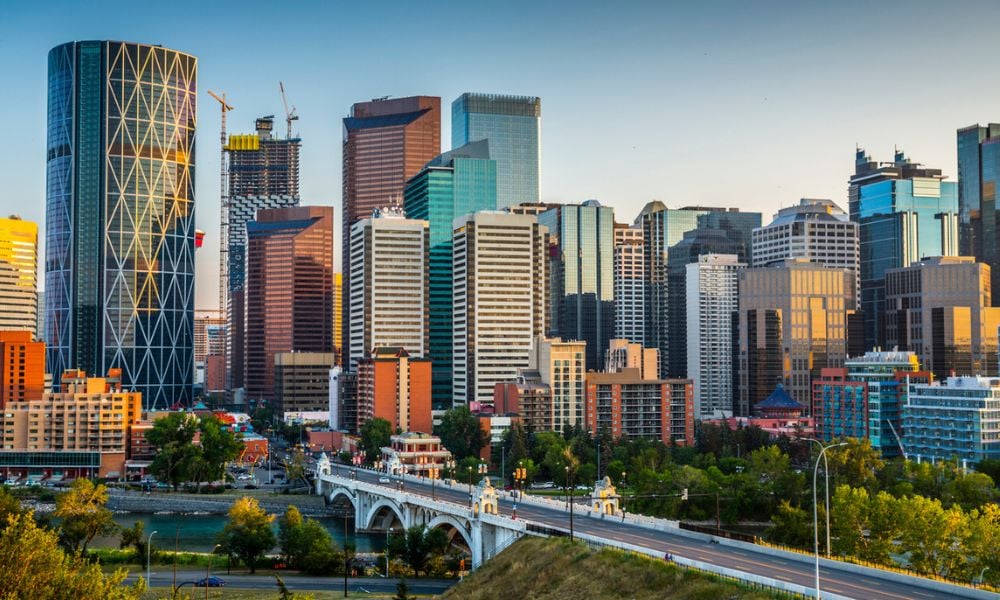Employers have many safety questions to consider, says employment lawyer after ILO report on climate change hazards

The International Labour Organization (ILO) released new findings this week revealing that 70 percent of the world’s workers are going to be affected by a “cocktail” of climate-change related hazards.
The report revealed that out of a total global workforce of 3.4 billion, over 2.4 billion workers will likely be exposed to excessive heat during the course of their work.
However, there are many more hazards than excess heat related to climate change, leading to myriad health conditions in the world’s workers including cancer, respiratory illnesses, cardiovascular disease, mental health conditions and kidney disfunction.
A particular hazard for Canadians to be aware of is worsening air quality due to wildfire smoke, says Richard Savage, labour, employment and human rights lawyer at Fasken in Vancouver.
“That's been a persistent issue in B.C. for the last 10 years, but of course we saw it in Eastern Canada and the United States as well last year,” he says.
“That's a huge issue because we're seeing wildfire smoke in places where we never used to see wildfire smoke, in urban centres, where you have all sorts of workforces who are working outdoors, where the employers aren't necessarily equipped with respirators, with air filters, with other things to address those hazards. So, that's a huge one that's coming up.”

Need for emergency preparedness plans
The ILO report, Ensuring safety and health at work in a changing climate, estimated that 1.6 billion workers worldwide will be exposed to workplace air pollution. This exposure will result in up to 860,000 work-related deaths annually among outdoor workers.
“Employers, warehousing employers, all sorts of employers need to have risk assessments for wildfire smoke, and the potential toxins, and address whether they need to have emergency preparedness plans for those,” says Savage.
“These are questions that they need to consider going forward, that they've never really had to consider before, in terms of ‘Is it safe for my workforce to work outdoors or are they able to work indoors? If they have to work outdoors, do I need to be supplying them with PPE to protect them from smoke inhalation, from those other potential chemicals that they might be exposed to?’”

In 2022, the government of Canada reported that increasing wildfire emissions are one of the biggest causes of climate-related air quality risks, and that Canada’s temperature is increasing at a rate almost double that of the global average.
There are around 8,000 wildfires every year in Canada, and long-term exposure to wildfire smoke particulates contribute to up to 2,500 premature deaths per year.
“I think a lot more risk assessment and planning needs to be done by employers in areas that traditionally weren't exposed to wildfire smoke,” says Savage.
Employer advocacy needed amid climate change hazards
The ILO report also said that current occupational health and safety standards are struggling to keep up with the increasing risks, due in part to limited available data and a historical research focus on public health rather than occupational health.
It recommends “social dialogue” as an important first step, especially between employers and governments, “as workers and employers are best placed to take appropriate action in the workplace… Workplace cooperation and specifically, bilateral OSH committees should be established at the workplace level to enable workers and employers to engage in social dialogue.”
Although heat is often the main hazard associated with climate change in Canada due to increasing heat domes and droughts, floods and cold weather events are also on the rise.
“Even if the globe generally is getting hotter and more extreme, weather goes in every direction,” says Savage, and employers should be asking: “Can our workers safely work if there's smoke? Can our workers safely work if there's flooding? Do we have an evacuation plan? How will our employees address that?”
It’s about making sure that employers have considered the potential risks and have created contingency plans for those risks, he says.








